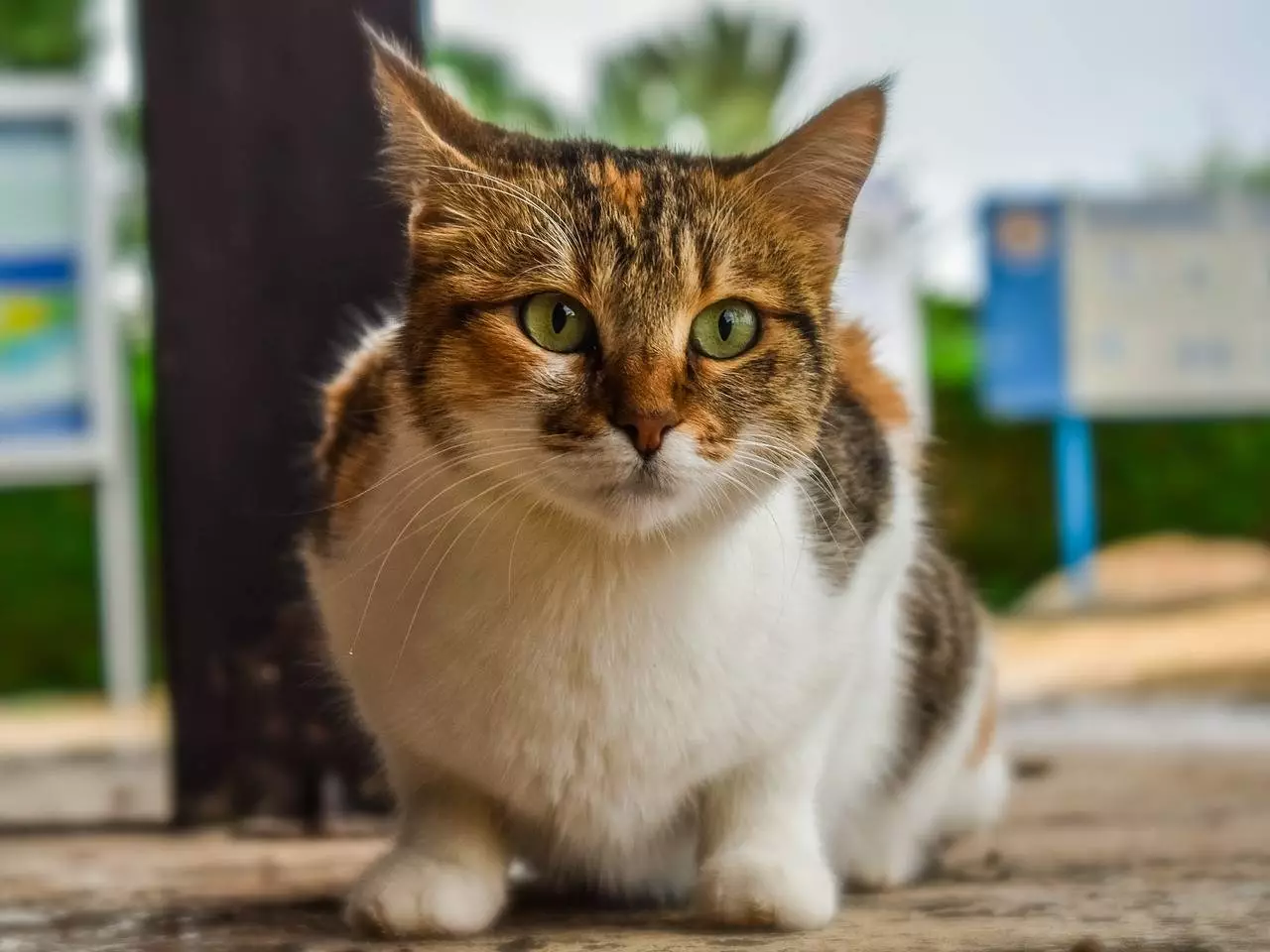Every year, countless animals find themselves wandering alone, often without clear ownership. Stray Animals Day, observed on April 4, serves as a stark reminder of the importance of acknowledging and assisting these creatures. However, it’s essential to differentiate between strays and lost pets. Many dogs appearing without a leash in the UK are simply unaccompanied; they might be lost rather than abandoned. Cats, on the other hand, often roam freely, making it challenging to ascertain if they are indeed strays or just venturing into new territories. A simple inquiry with neighbors or a social media post might reveal the owner of a seemingly lost cat. Remarkably, some felines maintain a social life that takes them across multiple neighborhood homes.
What to Do When You Encounter a Dog
When you encounter a dog that seems without an owner, the first step is to identify whether it is wearing a collar. Legally, dogs should have identification tags that display the owner’s name and address. If you approach the dog, observe its body language carefully. Signs of discomfort—such as tucking its tail or showing the whites of its eyes—might indicate that the dog feels threatened. Ignoring these cues could lead to defensive behavior. In these instances, reaching out to professionals like a local dog warden is the safest approach.
If the dog appears friendly, contact a nearby veterinarian to have it scanned for a microchip. The law mandates that all dogs be microchipped, linking them to their rightful owners. This can significantly expedite the process of reuniting lost pets with their families, promoting a more compassionate society.
Strategies for Cats on the Loose
Unlike dogs, cats are not legally required to wear collars, making it more difficult to identify the owner immediately. Nevertheless, if you find a cat that seems lost, it is crucial to take proactive steps. While checking for collars may yield results, many cats roam without them. If the cat seems approachable, consider checking for a microchip through a local veterinary service. Many cat owners prioritize microchipping, so you may just be a phone call away from reuniting a pet with its family.
If you are still uncertain whether the cat belongs to a neighbor or is indeed lost, sharing its picture on community social media groups can yield surprising results. Additionally, create a temporary paper collar that includes your contact information, allowing the real owner to reach you easily while ensuring the collar is designed to break away if the cat gets caught on anything.
Addressing Injuries and Medical Concerns
In circumstances where you find an animal—either dog or cat—that is injured or appears ill, your priority should be contacting a veterinarian. Time is of the essence, and the experts can provide crucial first aid care. However, exercise caution when approaching sick or injured animals as they are more likely to react defensively.
If the animal appears manageable, wrapping it gently in a blanket can provide security and protect you from possible scratches or bites. For cats, a pet carrier or a sturdy box is ideal for transportation. Presence and demeanor are key; if the animal seems overly frightened, don’t hesitate to call in professionals for assistance.
The Importance of Professional Help
Putting yourself at risk or causing additional distress to the animal should never be part of the equation. Organizations such as the RSPCA—and their counterparts in Scotland—can provide vital assistance for stray animals. Local pet charities and animal welfare organizations specialize in handling these sensitive situations, ensuring that animals are cared for without unnecessary risk to bystanders.
Additionally, educating oneself about animal welfare can empower communities to take informed actions when encountering stray or lost animals. Compassion should be at the forefront of every intervention, and being well-informed can turn a potentially chaotic situation into a successful rescue.
Understanding your role in helping stray animals is a testament to your empathy and dedication to animal welfare. An informed and compassionate response can change an animal’s fate from uncertainty and fear to safety and warmth. Just like humans, animals deserve our kindness and support. As individuals, our actions can significantly impact the lives of those who cannot speak for themselves.
